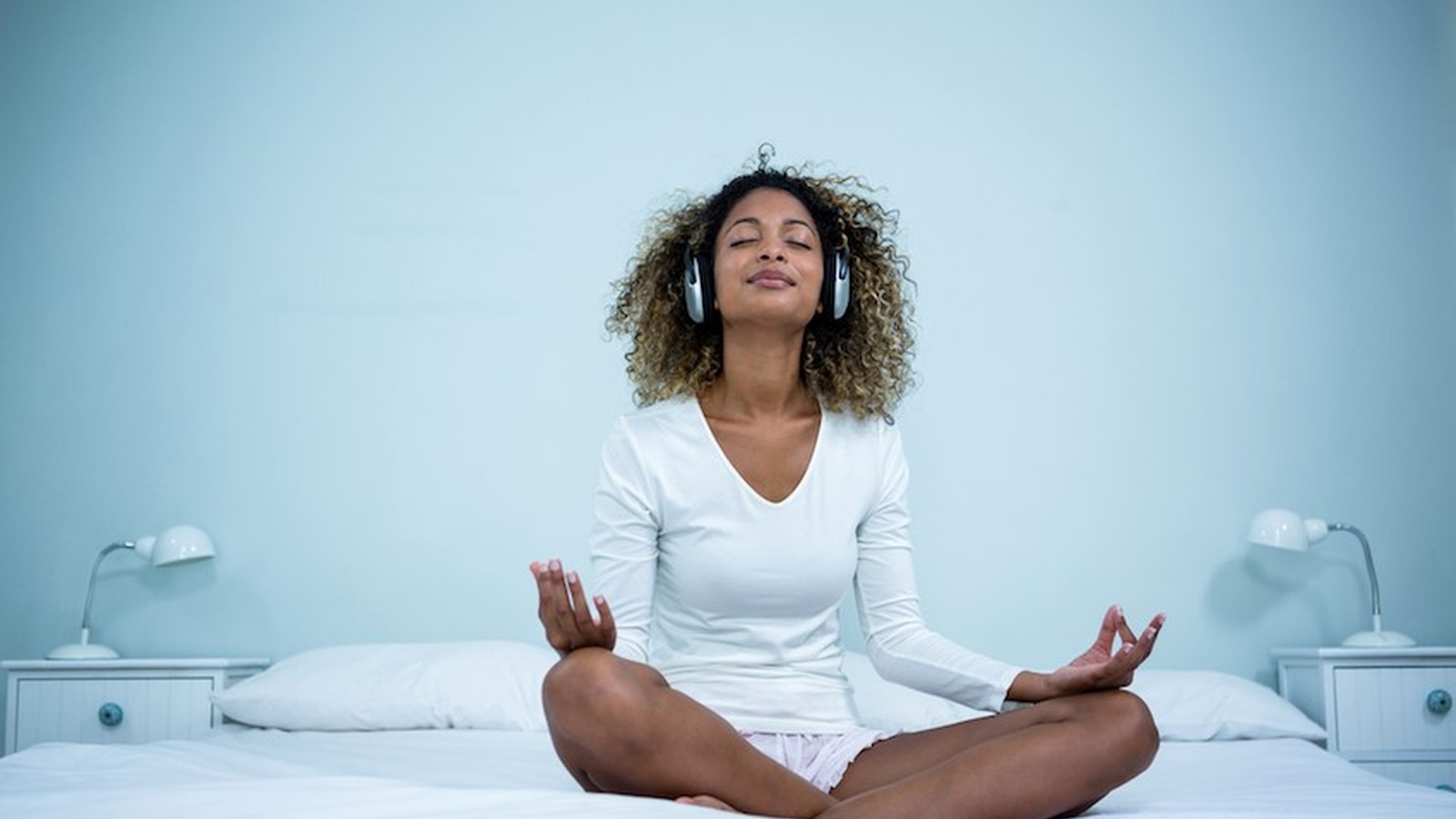How Meditation Can Help Improve Sleep, Blood Pressure, and Even Pain
Meditation has been around for thousands of years; practiced in different forms across a diverse range of cultures. Despite a scarcity of well-documented history, we know that Indian scriptures, called “tantras”, hold records of meditation techniques dating back as far as 5000 years ago, however, researchers theorize that primitive hunter-gatherer cultures may have discovered and utilized the art while staring into the flames of their fires.
Meditation was introduced to Western society thousands of years after it was first practiced in the East. In the 1960s and 1970s, many professors started testing the effects of meditation on the human mind and body; revealing a multitude of health and wellbeing benefits.
These days, meditation and mindfulness practices are widely accepted as part of a balanced lifestyle and many people believe that the medicinal qualities of meditation can have a direct impact on physical elements such as sleeping patterns, pain management, and even blood pressure!
Meditation For Improved Sleep
Have you ever crawled under your blankets after a hard day only to find that you still have a million things running through your mind? If so, you know that those crazy, racing thoughts have the ability to rob you of a good night’s sleep. Sleep disturbances affect millions of Americans every year and the daytime drowsiness that follows a bad night's sleep can sap your productivity, leave you feeling downright miserable, and even damage your health. A 2015 study published in the JAMA internal medicine journal suggests that mindfulness meditation — a mind-soothing exercise that focuses on breathing and awareness of the present moment — can help to eliminate those restless nights.
The study involved a group of middle-aged and older adults who had trouble sleeping. Half of the group completed a mindfulness awareness program that introduced them to meditation while the other half completed a regular sleep education class. Both groups met once a week for six weeks. When compared to people in the sleep education group, those in the mindfulness group were experiencing reduced levels of insomnia, fatigue, and depression by the end of the six sessions.
The study findings came as no surprise to Dr. Herbert Benson, director of the Benson-Henry Institute for Mind Body Medicine. “Mindfulness meditation is just one of a smorgasbord of techniques that evoke the relaxation response,” said Dr. Benson. The relaxation response is a term that Benson coined in the 1970s and refers to a deep physiological shift in the body which elicits the opposite of a stress response. For many people, sleep disorders are closely related to stress; the relaxation response has been shown to help ease many stress-related ailments.
For most people, the relaxation response can be created with just two simple steps. Find a peaceful, quiet place and try it for yourself -
Step 1:
Choose a calming element to focus on. Good examples include:
- your breath
- a sound (“Om”)
- a short prayer
- a positive word such as “relaxation” or “peacefulness”
- a phrase such as “breathing in my calm, breathing out my tension”
If you choose a sound, you can either repeat it out loud or silently as you inhale and exhale.
Step 2:
Let go and relax. Don’t worry about how you’re doing. If you notice your mind has wandered, simply take a deep breath and gently return your attention to your chosen focus element.
This practice can be repeated as many times as you like throughout each day and is particularly useful just before bedtime!
Meditation For Pain Management
Stress and pain are more closely related than most people realize - being in pain causes stress and being stressed worsens some pain. In these cases, psychological therapies such as meditation and relaxation may help to break the cycle and act as a gentle, holistic pain management tool. These types of treatments focus on the relationship between your mind and body.
Studies indicate that meditation can increase pain tolerance and self-esteem while also decreasing anxiety, depression, and the use of pain medications. Mindfulness meditation has been used successfully as a pain management technique for people who suffer from a variety of conditions, including headaches, lower back pain, chest pain, and gastrointestinal discomfort.
Meditation For Blood Pressure
"Meditation, not medication," - that's the prescription Dr. Robert Schneider gives his patients when it comes to high blood pressure.
Dr. Schneider is dean of the College of Maharishi Vedic Medicine at the Maharishi University of Management in Fairfield, Iowa. For the past 15 years, Schneider has been researching the benefits of the ancient medical science "Maharishi Vedic Medicine" of which transcendental meditation is a core element. In the past 30 years, approximately 600 studies have been conducted worldwide on the effects of transcendental meditation on blood pressure. "Transcendental meditation is a simple mind-body technique that allows you to gain a unique state of restful awareness or alertness," says Schneider.
Learning transcendental meditation is not difficult, but it should be learned from a qualified instructor. "You need someone there to guide you, and to give you feedback," he says. "Otherwise, you won't get the full effect."
Do you have a passion for nutrition & natural healing?. Learn more about the Food Matters Nutrition Certification Program here.


